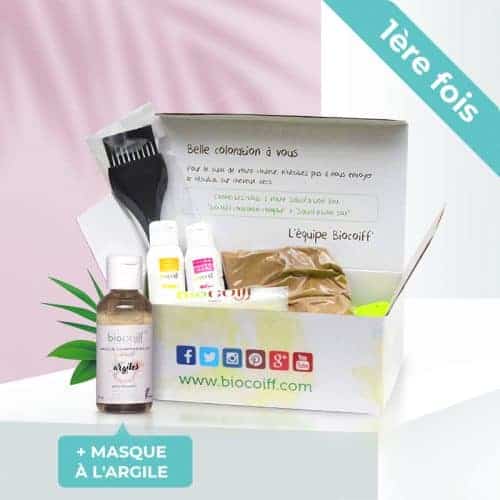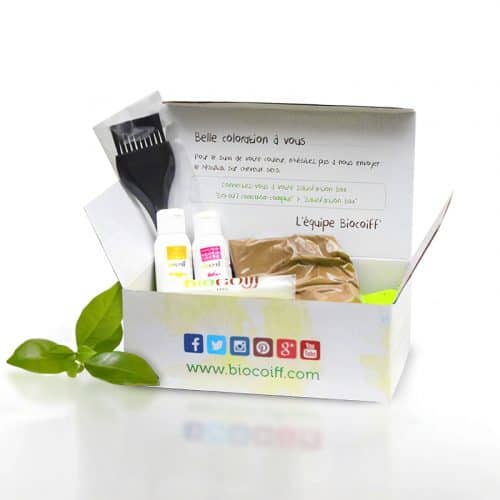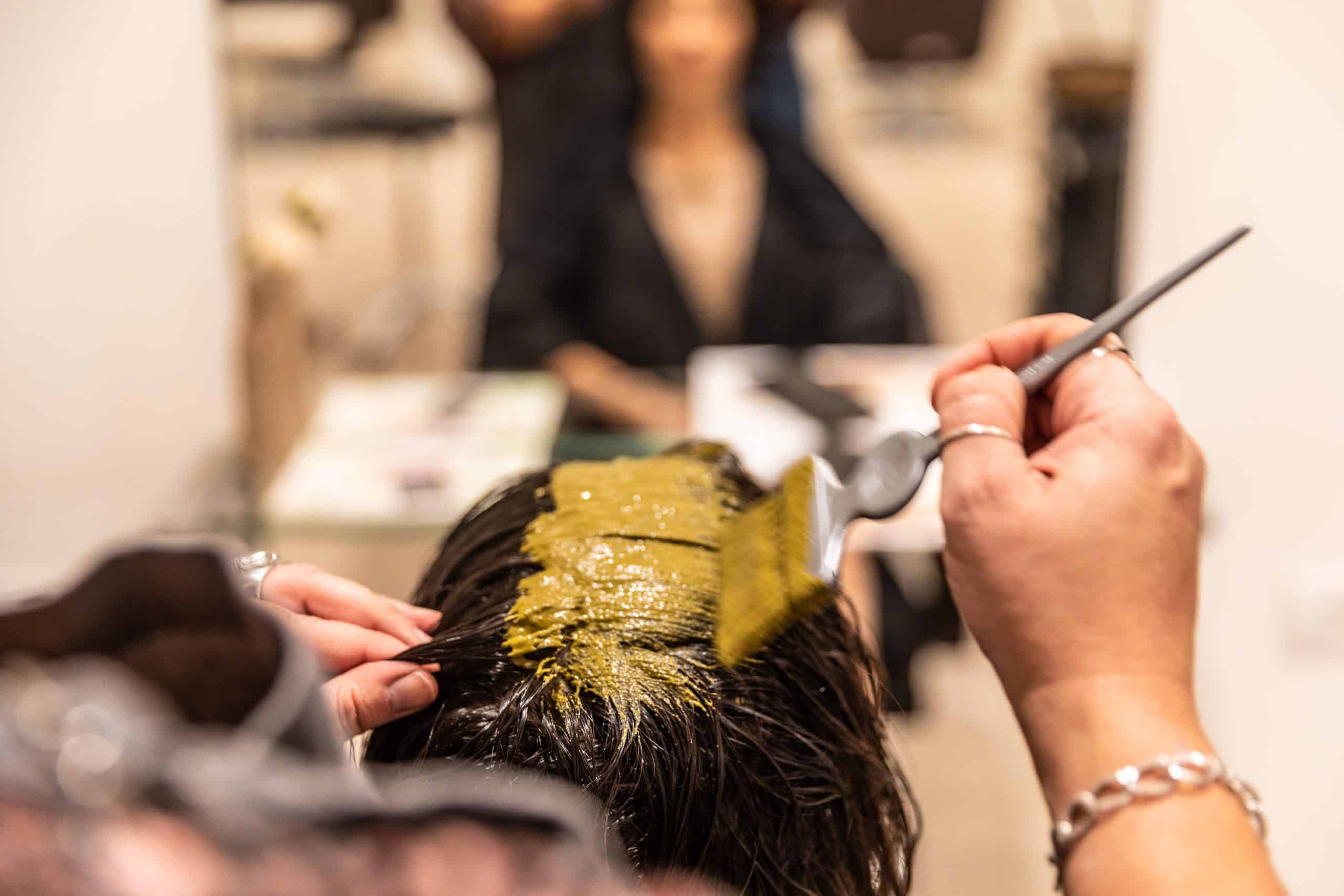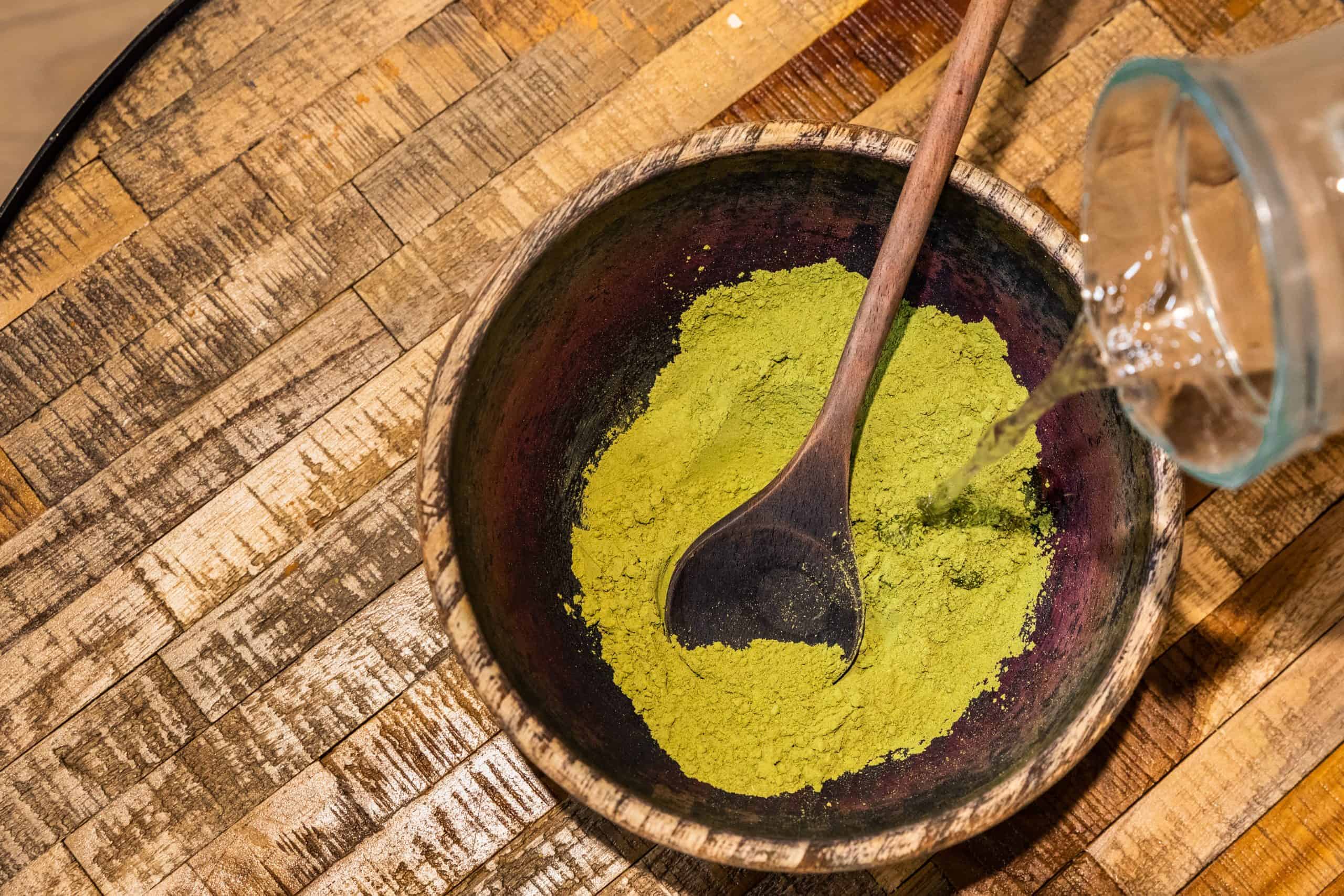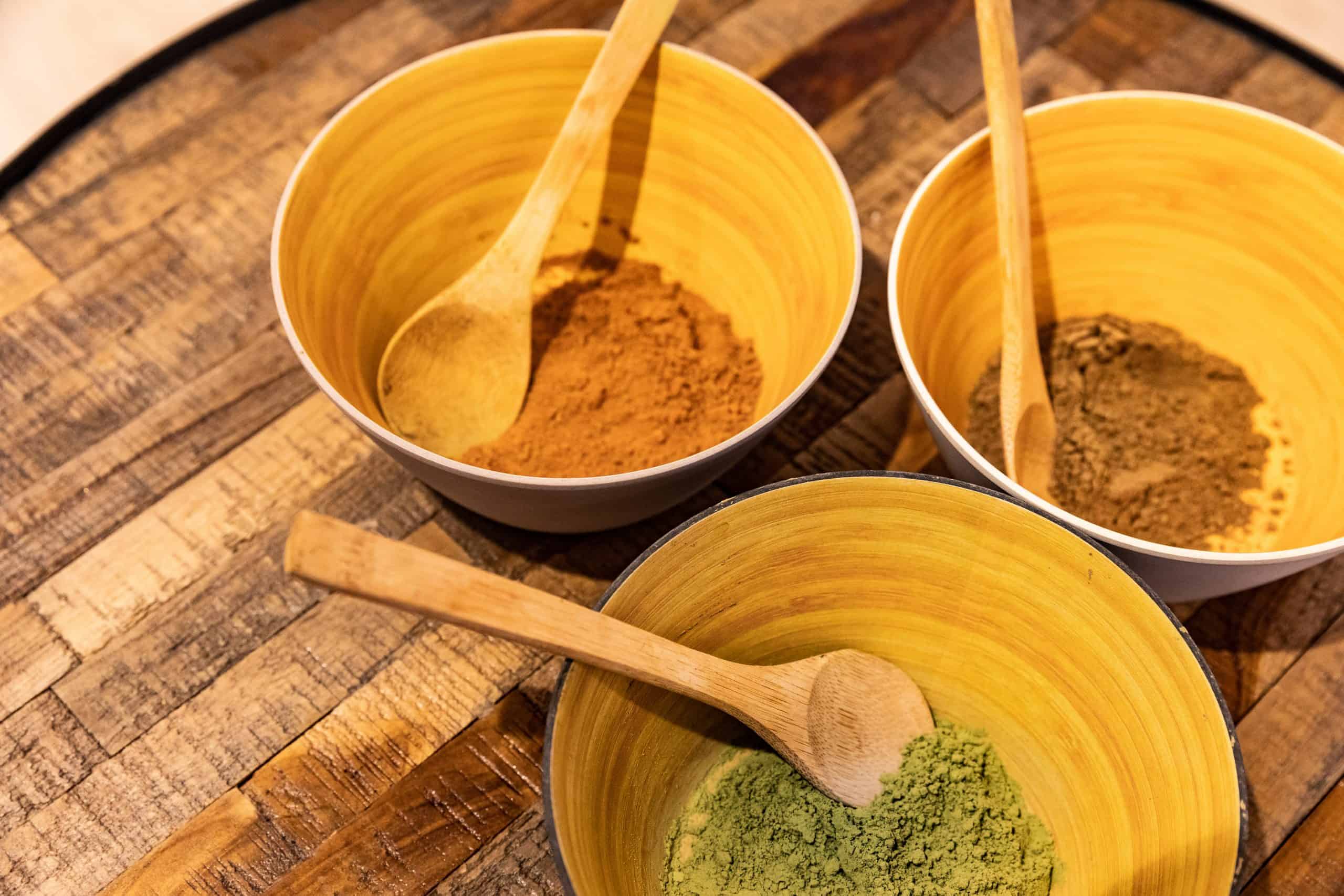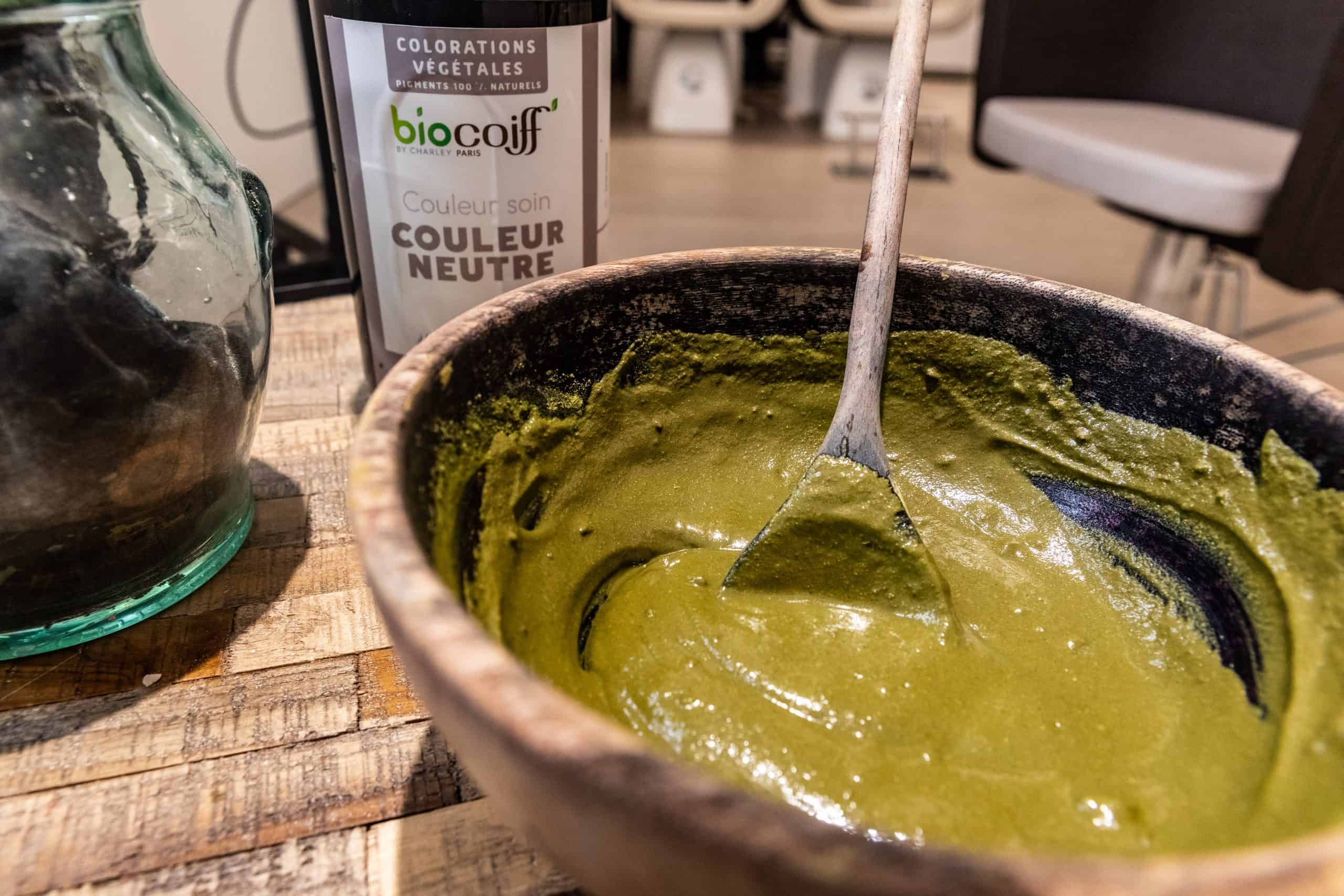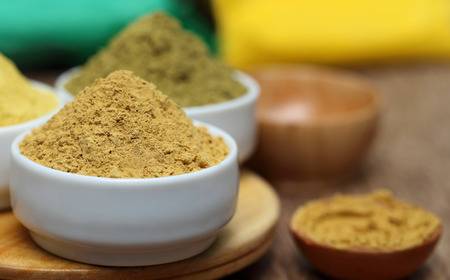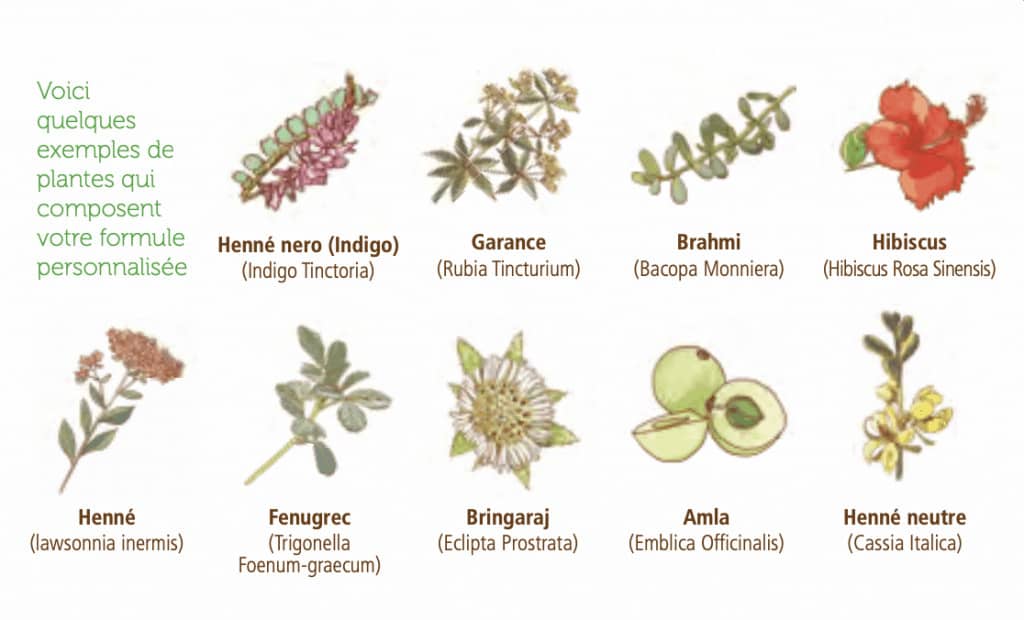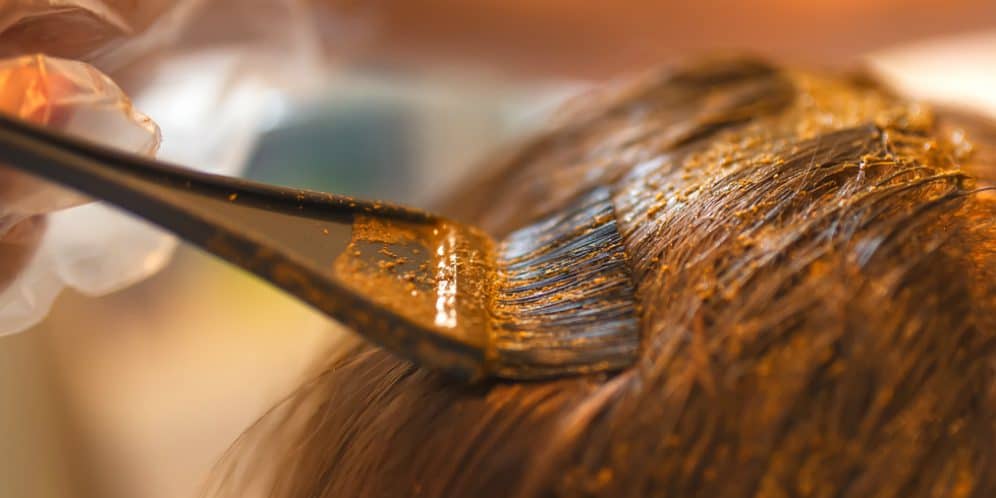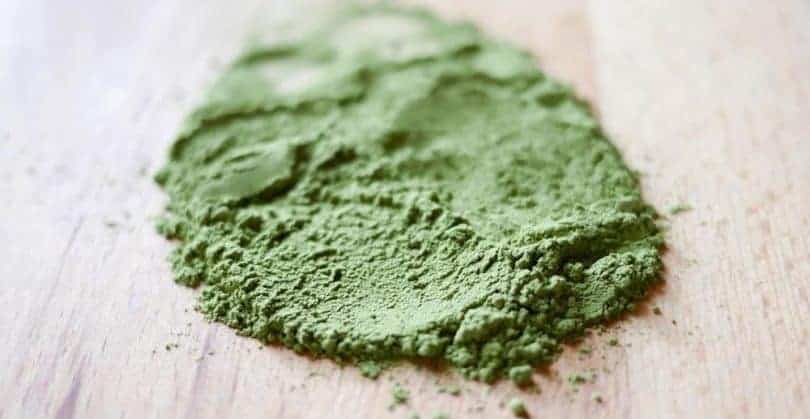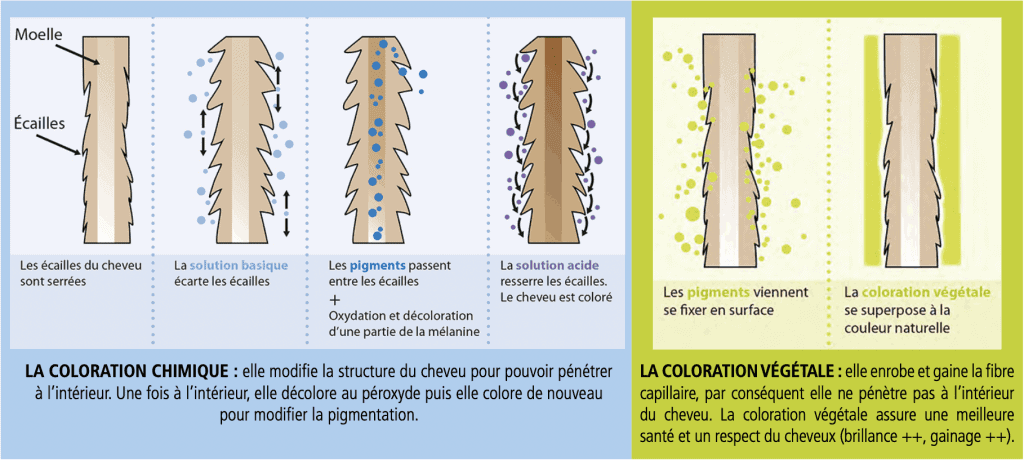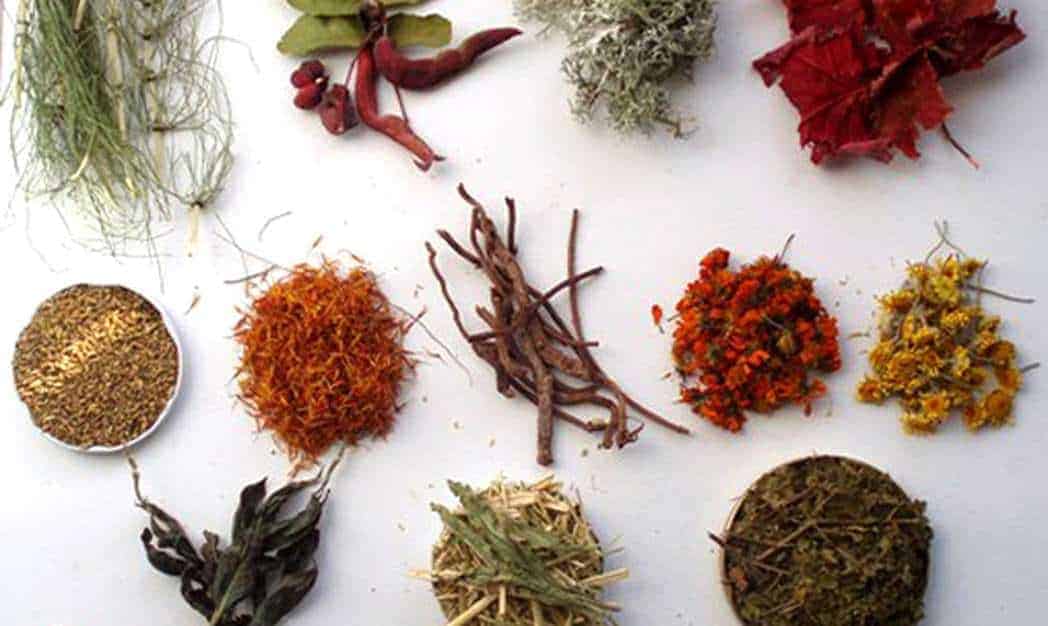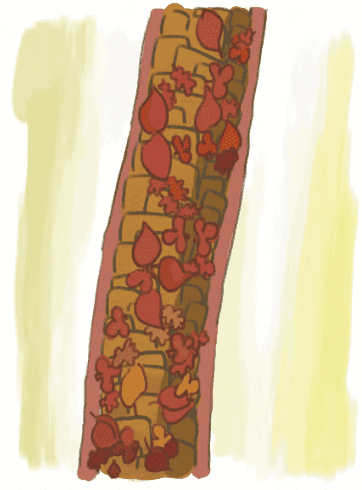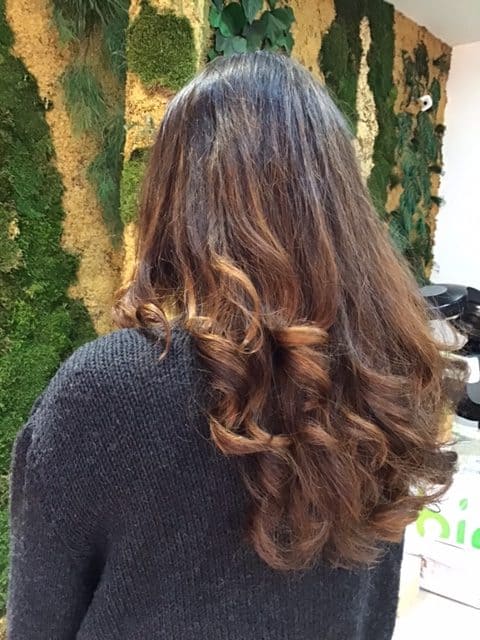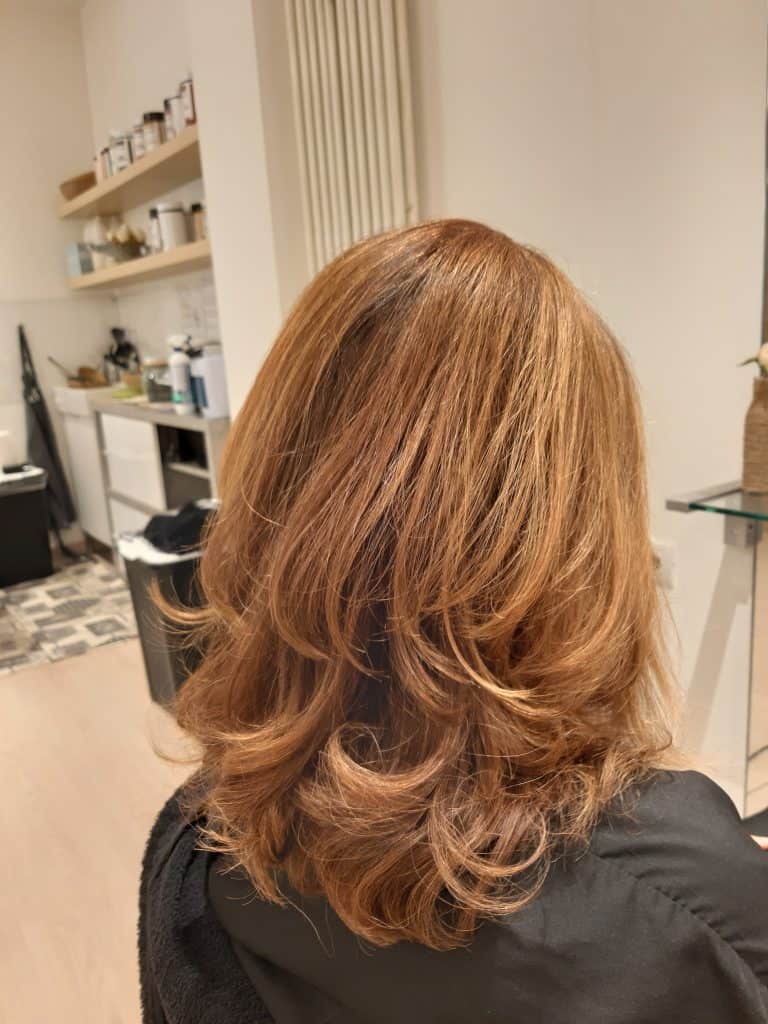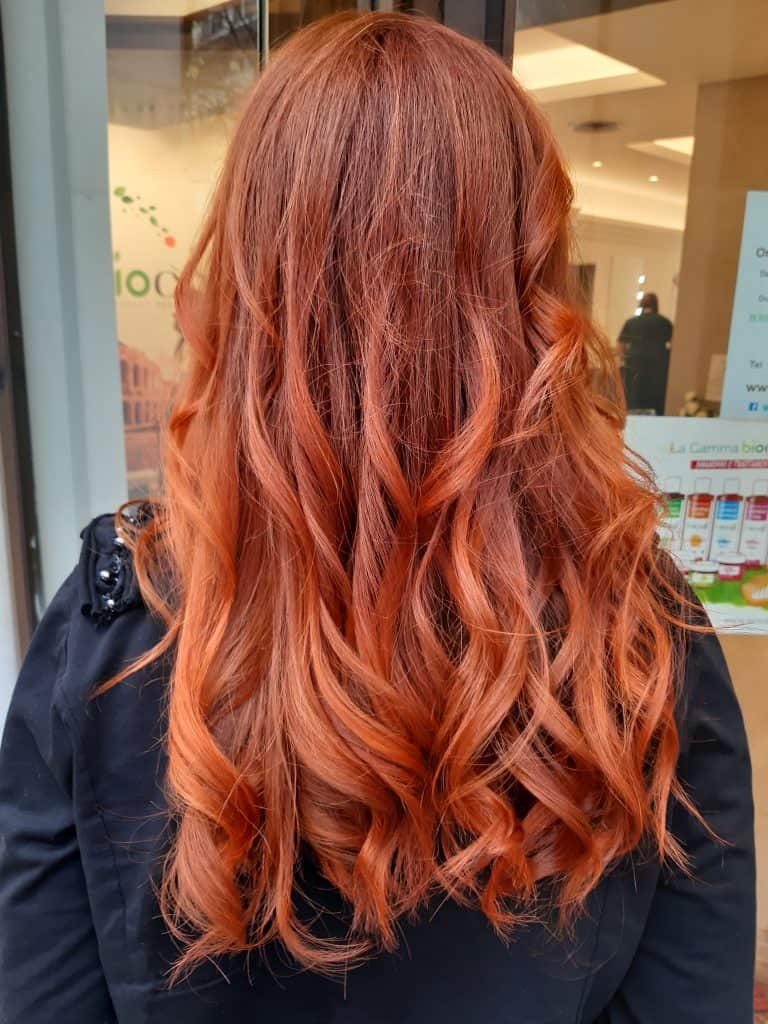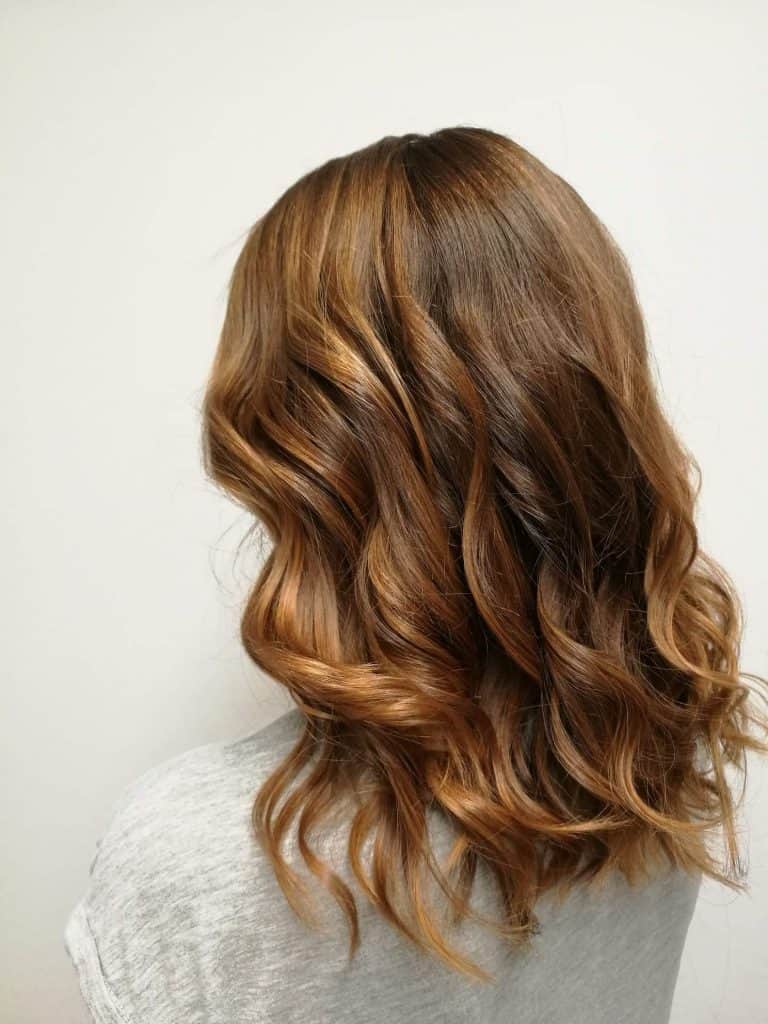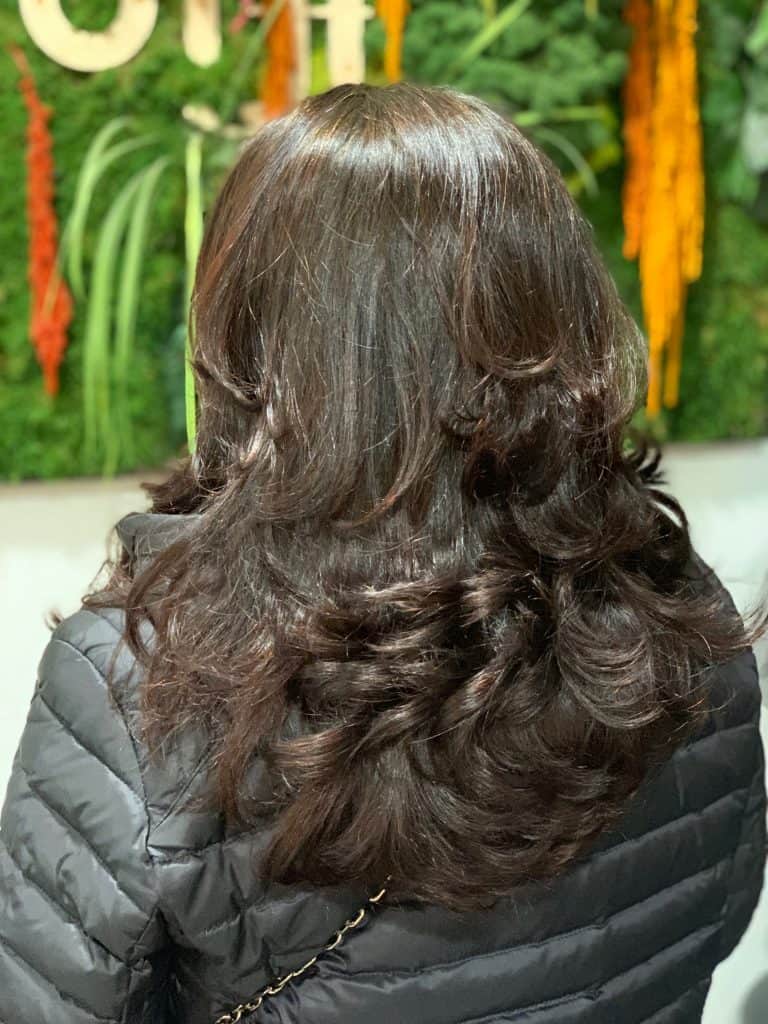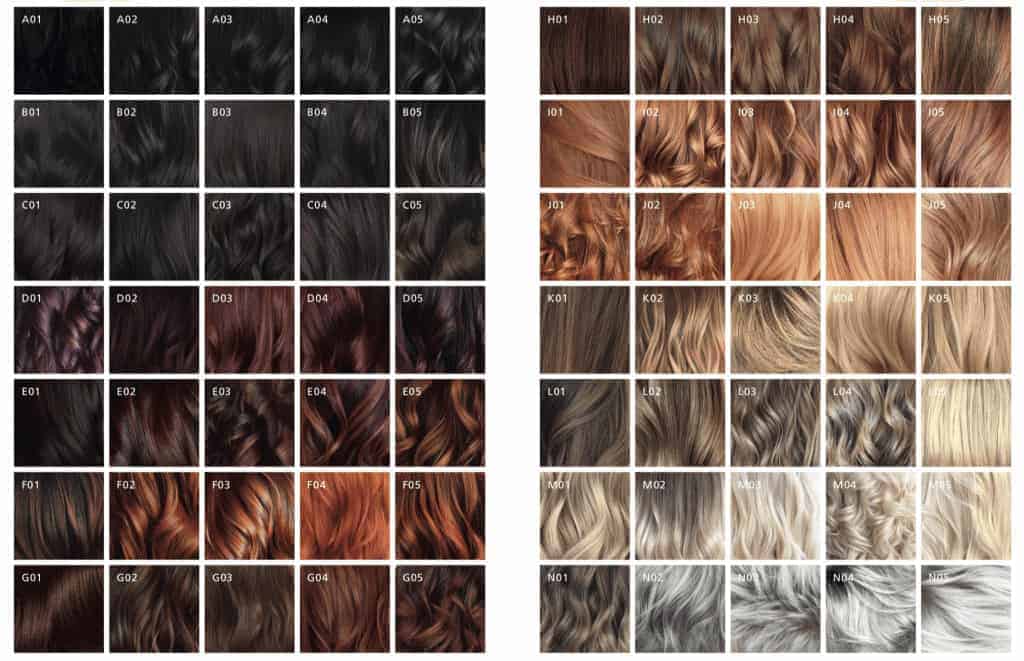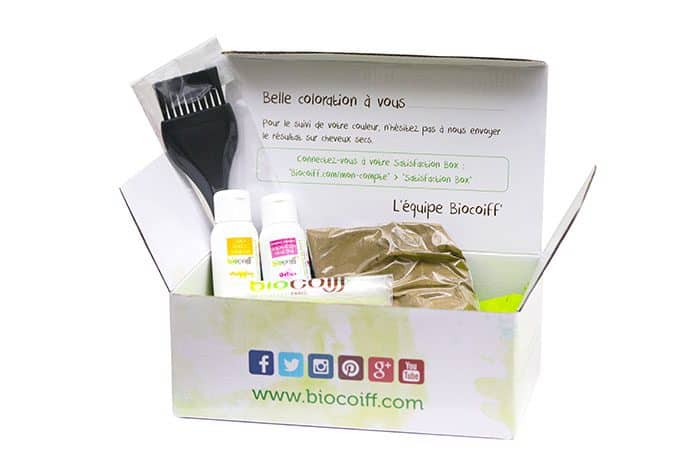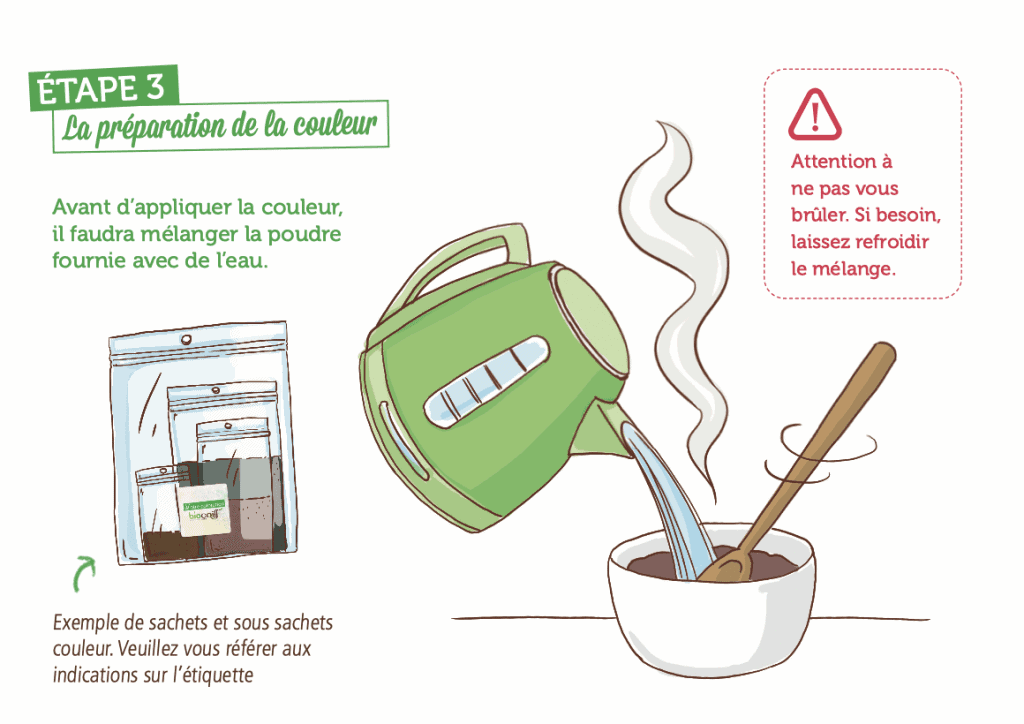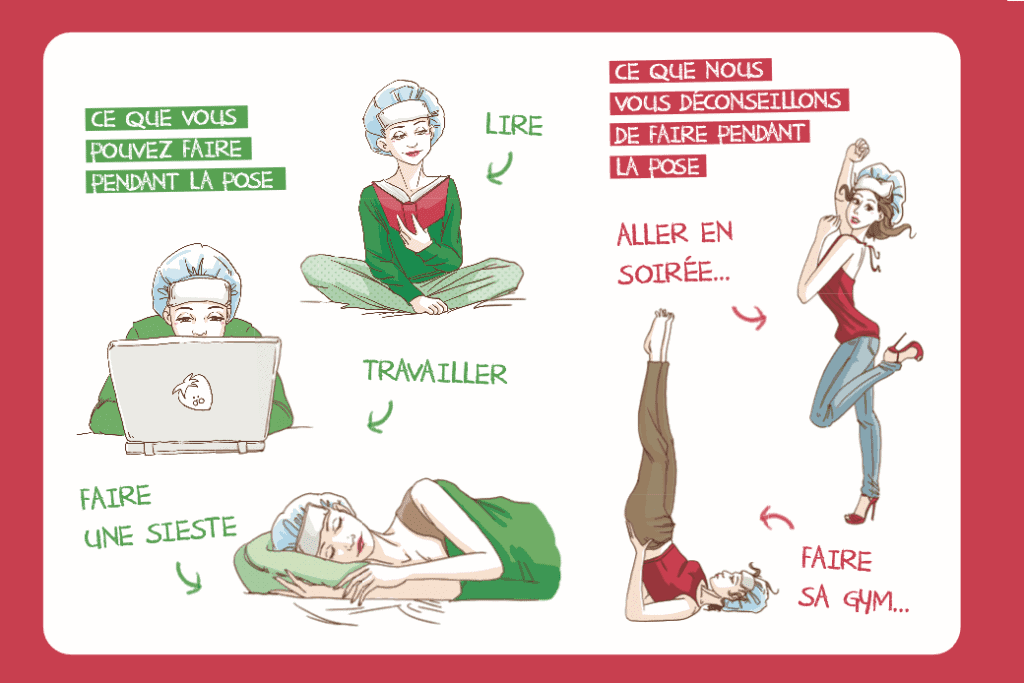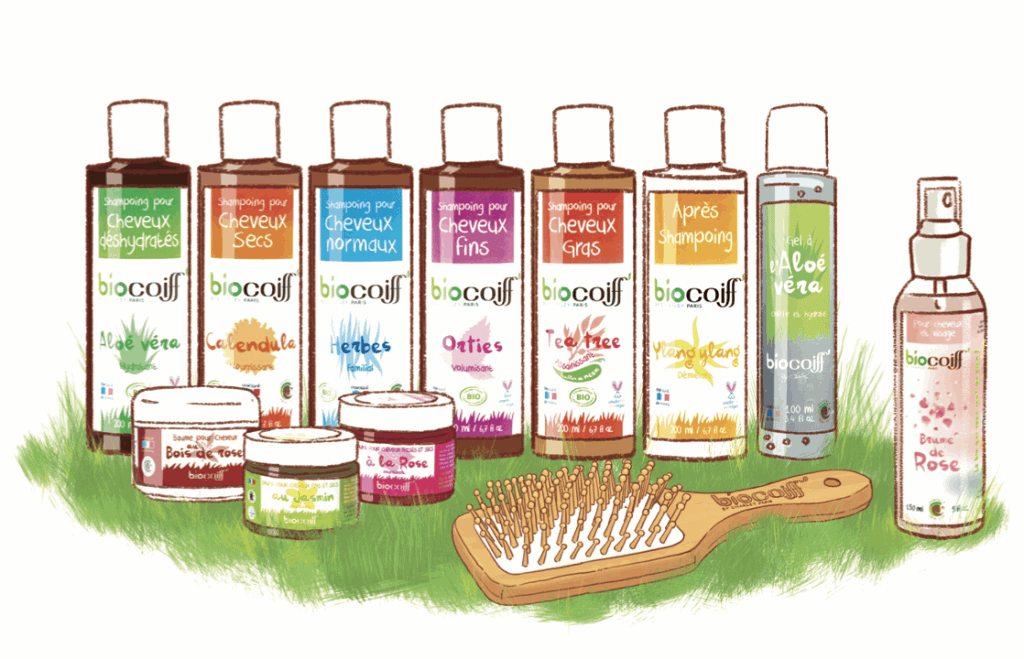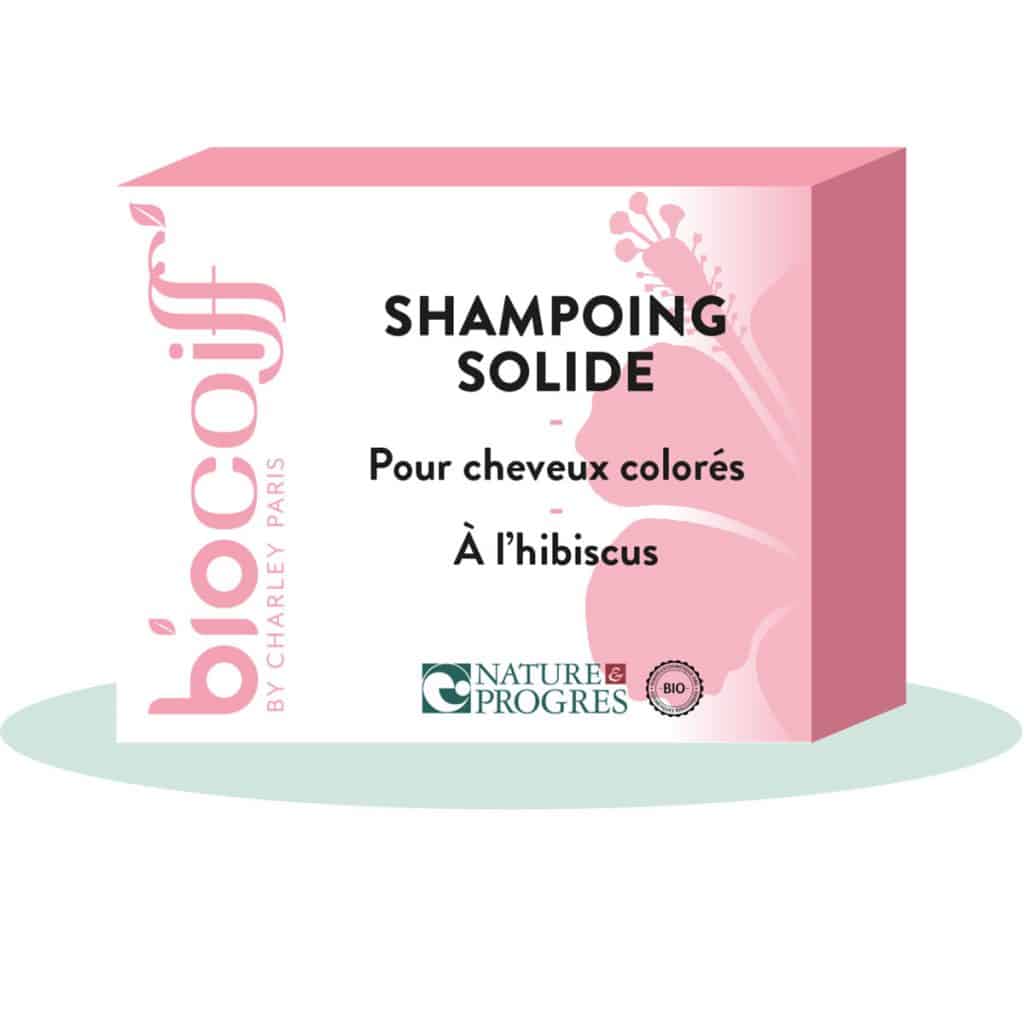Coloration végétale : pour des couleurs éclatantes et naturelles.
Vous n’avez encore jamais fait de coloration végétale Biocoiff’ ? Démarrez par un diagnostic couleur afin que nos biocoloristes élaborent votre formule personnalisée. Puis, choisissez la Box Couleur START.
Vous êtes déjà venue en salon Biocoiff’ ou avez déjà commandé une Box Couleur Start ? Choisissez la Box Couleur.
Dans les deux cas, obtenez une coloration naturelle et respectueuse de l’environnement. Alliez le soin et l’esthétique avec nos colorations végétales & bio pour une couleur intense sans compromis.
La coloration végétale suscite de plus en plus d’intérêt et attire les clients souhaitant prendre soin de leurs cheveux. Elle permet de ne pas renoncer à suivre les tendances et de pouvoir continuer à changer de teinte quand elles en ont envie. C’est la raison pour laquelle nous vous avons préparé une explication complète de ce que c’est que la coloration végétale.
Chez Biocoiff’, la coloration végétale se pratique depuis maintenant 15 ans. Elle n’a plus de secret pour nous et nos professionnels. Tous ont choisi nos méthodes et nos produits naturels pour cheveux.
La coloration végétale, on en parle ?
Car elle suscite de plus en plus d’intérêt et attire des clientes voulant prendre soin de leurs cheveux sans renoncer à suivre les tendances de la mode ou changer de teinte quand elles en ont envie, nous avons décidé de préparer un dossier complet sur ce sujet.
Chez Biocoiff’, nous la pratiquons depuis à présent 15 ans et elle n’a plus de secret pour nous et tous nos professionnels qui ont choisi nos méthodes et produits naturels pour le cheveu.
1. Le principe de la coloration végétale : ses composants
La coloration végétale est enviée par de plus en plus de personnes et venant de plus en plus d’horizons différents.
La vague verte et les enjeux environnementaux donnent envie aux clientes de trouver des produits naturels pour prendre soin de leurs cheveux. L’emploi de plantes tinctoriales, de plantes ayurvédiques et d’eau chaude sont les seuls éléments nécessaires pour réaliser une couleur végétale pour cheveux.
C’est pourquoi la coloration végétale est recommandée aux personnes souffrant d’allergies ou sous traitement médicamenteux lourds (ex : chimiothérapatie) ainsi qu’aux femmes enceintes.
2. Les étapes de la coloration végétale au salon
Toutes les clientes s’accordent à dire que venir dans un salon de coiffure travaillant exclusivement avec des produits bio change totalement leur vision du coiffeur.
Pour aboutir à LA coloration végétale parfaite, plusieurs étapes nécessaires sont scrupuleusement respectées.
2.1 Première étape : Le Diagnostic
Toute coloration végétale commence par le diagnostic du cheveu. Il permettra de déterminer avec la clientèle, les soins les plus appropriés et le type de coloration végétale souhaitée.
Les biocoloristes de Biocoiff’ proposent aussi bien une teinture bio pour changer de couleur, couvrir des cheveux blancs ou donner des reflets en procédant à un balayage à l’argile blanche. Les professionnels Biocoiff’ ont l’habitude de réparer des cheveux maltraités par des colorations chimiques ou des essais pas toujours concluants.
2.2 Deuxième étape : Le Shampoing masque à l’argile
Avant d’entamer une coloration végétale, on commence par les laver avec un shampoing masque à l’argile. Les argiles sont des minéraux renfermant plus ou moins de silice. Ils ont la propriété d’absorber et d’éliminer les toxines. L’argile employée en shampoing et en masque permet de retirer tous les résidus chimiques qui obstruent la fibre capillaire. L’argile agit en profondeur et purifie le cheveu. Quand on passe de la coloration chimique à la coloration végétale, le shampoing masque à l’argile va nettoyer en profondeur le cheveu.
La première coloration végétale qui sera faite risque cependant de dégorger plus rapidement. Un effet normal qui ne reproduira pas au prochain rendez-vous. On privilégie l’argile blanche, aussi appelée poudre de kaolin, avant une coloration, car elle est moins agressive pour le cuir chevelu.
Chez Biocoiff’, nous employons systématiquement un shampoing aux trois argiles formulé par notre laboratoire.
2.3. Troisième étape : l’application de la couleur végétale
La coloration s’effectue sur cheveux propres. Une fois lavés et partiellement séchés, le coloriste va mélanger les poudres pour obtenir la nuance souhaitée à de l’eau chauffée à 70° environ. On préconise une eau déminéralisée car elle ne contient pas de plomb, de chlore ou de sels minéraux comme le magnésium ou le calcium.
Il va ensuite les mélanger jusqu’à l’obtention d’une pâte lisse et sans grumeaux. Une fois qu’elle atteint la température de 37°, il va enduire toute la chevelure en partant des racines jusqu’aux pointes.
2.4 Quatrième étape : pose de coloration sous chaleur
Une fois les cheveux recouverts et emballés dans un film transparent, on laisse poser sous un casque à vapeur chauffante pour que les pigments végétaux puissent agir plus efficacement. Le temps de pose varie d’une cliente à l’autre, mais la coloration végétale étant plus douce, le temps de pose reste plus long. Cela peut varier de 30 à 90 minutes.
2.5 Cinquième étape : rinçage à l’eau
Le temps est venu de découvrir le résultat en passant par le bac à rinçage. On rince une coloration végétale jusqu’à ce que l’eau devienne parfaitement claire.
2.6 Sixième étape : Le soin après couleur à l’ylang-ylang
Après avoir rincé la coloration végétale, les coiffeurs bios recommandent d’appliquer un masque à l’ylang-ylang. L’huile essentielle obtenue à partir des fleurs parfumées de Cananga odorata est reconnue pour ses propriétés cosmétologiques.
Intégré à un masque capillaire, l’ylang-ylang va :
- Tonifier les cheveux
- Améliorer la pousse
- Augmenter leur brillance
- Freiner leur chute
Un masque à l’ylang-ylang aidera également à fixer la couleur et il préservera son éclat. En le laissant poser une vingtaine de minutes, un masque à l’ylang-ylang agit remarquablement sur la chevelure. Il est possible de réaliser son propre soin ou masque à l’ylang-ylang chez soi, en mélangeant un shampoing neutre ou du henné neutre avec de l’huile essentielle d’ylang-ylang.
Chez Biocoiff’, nous proposons un après-shampoing à l’ylang-ylang déjà tout prêt. Il s’emploie sur cheveux essorés, en commençant par les pointes puis en remontant jusqu’aux racines. On masse le cuir chevelu en douceur et on laisse poser entre 15 et 30 minutes avant de rincer. Les cheveux se démêlent facilement et on peut les sécher et les coiffer.
2.7 Septième étape : le Résultat final !
Celles qui parlent le mieux des bienfaits de la coloration végétale sont les clientes de Biocoiff’.
Depuis sa mise en place, ce procédé donne toute satisfaction. Il permet d’obtenir la teinte recherchée et donne l’assurance qu’elle vieillira bien. Les cheveux restent beaux et brillants. La couleur ne s’altère pas et va même se patiner, si bien que l’on évite le problème de démarcation lors de la repousse. On peut plus facilement espacer les séances chez le coiffeur pour faire une reprise de racines.
3. Différences entre coloration végétale et coloration chimique
On aborde là LE grand sujet.
En 1907, Eugène Schueller élabore la première teinture capillaire synthétique et quarante ans plus tard, la société Schwarzkopf commercialise la première coloration chimique grand public, « Poly Color ».
3.1 La coloration chimique
De nos jours, les teintures chimiques pour cheveux utilisent :
- Des colorants capillaires oxydants
- Des colorants capillaires directs
- Des sels métalliques
- Des colorants traditionnels ou naturels
Les teintures à base d’oxydants regroupent trois agents chimiques qui vont interagir pour donner une couleur bien déterminée. Leur usage est autorisé à condition de respecter un taux de concentration mentionné sur l’emballage de la coloration pour cheveux. L’efficacité des colorations chimiques n’est plus à prouver pour teinter le cheveu. Toutes les nuances sont possibles, y compris les plus originales pour faire des mèches bleues, vertes ou violettes.
Il existe trois gammes de colorations chimiques disponibles dans le commerce et chez les coiffeurs :
- Les colorations permanentes
Elles agissent par oxydation en associant eau oxygénée et ammoniaque. Elles pénètrent à l’intérieur du cheveu en écartant les écailles pour teinter le cheveu en profondeur. L’amoniaque est parfois remplacé par l’éthanolamine moins irritante, mais qui agresse quand même le cuir chevelu.
- Les colorations semi-permanentes
Elles sont moins agressives pour le cheveu. Sans ammoniaque, elles ne pénètrent pas dans le cheveu, mais le couvrent. La couleur va s’estomper au fil des lavages. Elle permet d’obtenir des reflets et couvre 50% des cheveux blancs.
- Les colorations chimiques temporaires
Elles sont formulées à partir d’agents de synthèse. Elles ravivent l’éclat d’une couleur ou apportent une note de fantaisie. Avec la coloration chimique, le cheveu en voit de toutes les couleurs, au sens propre comme figuré.
Si les professionnels peuvent réaliser des balayages, des mèches et des tye & die et toutes les teintures possibles, une teinture chimique à base de produits oxydants et de pigments de synthèse n’en reste pas moins agressive pour le cheveu.
Elles dévitalisent la fibre capillaire de manière irréversible. Le cheveu devient terne, mou et fragile. Elles peuvent provoquer des irritations, voire des allergies ou l’apparition d’eczéma chez les personnes sensibles à certains composants chimiques. Cela explique la mise en garde du consommateur engageant à faire un test 48h avant l’application d’une teinture chimique.
Tous les coiffeurs Biocoiff’ sont des professionnels de la coiffure qui suivent régulièrement des formations pour maîtriser nos gammes de produits et nos techniques.
Pour les particuliers, nous avons mis au un livret très pratique qui sert de guide d’application. Il est livré à la suite d’un diagnostic fait en ligne du cheveu pour déterminer le ton le plus approprié et éviter de se retrouver avec des mèches vertes ou un joli ton carotte… Avec Biocoiff’, vous pouvez vous lancer en toute confiance dans la coloration végétale et l’entretenir pour conserver votre teinte intacte.
A présent, passons en revue les grands poncifs sur la coloration végétale.
- À qui convient-elle ?
Que vous ayez les cheveux lisses ou crépus, que vous soyez brune, rousse ou blonde, vous pouvez utiliser la coloration végétale. Cette dernière convient tant bien aux femmes qu’aux hommes.
Ce type de coloration est conseillé aux personnes qui sont allergiques aux composants des colorations chimiques. C’est également la coloration recommandée pour celles et ceux qui ont été traités par chimiothérapie.
- La coloration végétale n’éclaircit pas
Qu’entend-on par « éclaircir » ?
Si on a les cheveux bruns, il sera impossible d’obtenir un blond clair avec une coloration bio. Cela nécessite une décoloration préalable du cheveu pour le teindre ensuite dans la nuance souhaitée. En revanche, si on a une base claire (cheveux gris, poivre et sel, blond foncé) cela devient réalisable. Du blond doré au blond clair, tout est envisageable.
La coloration végétale n’a pas la capacité d’éclaircir une couleur de base très foncé ou de produire des couleurs pastel (rose, bleu, violine…). En revanche, les professionnels des salons Biocoiff’ sauront réaliser un balayage lumineux sur des cheveux blonds ou structurer une couleur pour lui donner de la profondeur, tout en prenant soin de la chevelure. Ils ont mis au point le balayage minéral à base d’argile blanche pour éclaircir le cheveu sans l’abîmer.
-
La coloration végétale est permanente
« La coloration végétale, ça ne dure pas ! ». Tous ceux qui la pratiquent ont déjà entendu cela. C’est bien-sûr Faux !
Si elle est réalisée avec des poudres à base de plantes de qualité en respectant scrupuleusement le protocole, une coloration végétale dure. Elle ne dégorgera pas comme une coloration chimique.
En revanche, elle se patine et les pigments végétaux vont continuer à faire briller le cheveu, surtout si on entretient sa teinte en lavant les cheveux avec un shampoing au PH neutre.
- La coloration végétale et les cheveux blancs
On entend souvent : « La coloration végétale ne couvre pas les cheveux blancs » C’est évidemment faux ! La teinture végétale couvre à 100% les cheveux blancs, même poreux.
L’autre atout de la coloration végétale en rapport avec les cheveux blancs est qu’elle les couvre avec un effet de transparence. Si bien que lorsque les cheveux repoussent, la démarcation entre les cheveux colorés et la repousse est plus estompée qu’avec une coloration chimique. L’effet de barre inesthétique ne se produit pas.
Enfin, lorsqu’un coiffeur prépare sa coloration, il tient compte de la nature du cheveu et de la quantité à couvrir.
- La coloration végétale agit comme un soin
Comme on l’a vu précédemment, la coloration végétale se fabrique en mélangeant des plantes tinctoriales, des plantes ayurvédiques et de l’eau. Les plantes entrant dans la composition sont reconnues pour leurs propriétés bienfaisantes. Elles nourrissent le cheveu, l’épaississent et le revitalisent.
La coloration végétale est bien plus qu’une teinture. C’est un soin capillaire à entière qui agit au fil des colorations et satisfait les clients qui retrouvent la qualité des cheveux qu’ils avaient avant qu’ils soient endommagés par des produits et des additifs chimiques plus corrosifs.
5. La coloration végétale : facile à faire à la maison
Pour celles qui n’ont pas un salon de coiffure Biocoiff’ près de chez elle, nous avons mis au des box couleur personnalisée ainsi qu’une assistance en ligne pour aider chacune de nos clientes.
La coloration végétale nécessite une solide connaissance des plantes tinctoriales et des réactions chimiques que peuvent induire certains mélanges. Il suffit de se plonger dans les blogs consacrés à ce sujet pour lire des témoignages relatant les difficultés rencontrées par celles qui ont voulu se lancer toutes seules, sans être rompues à ces techniques, et ce même en utilisant d’excellents produits.
Pour éviter ces déconvenues, Biocoiff’ propose deux box couleurs. Une spécialement dédiée à celle qui réalise sa toute première coloration végétale, puis une seconde box pour celle qui est déjà venue au salon Biocoiff’ ou qui a déjà réalisé une première teinture végétale. Dans ce cas, sa fiche personnalisée de client est enregistrée et elle recevra une box sur-mesure appropriée à son cas.
5.1 Diagnostic en ligne
Pour aider chaque cliente, Biocoiff’ réalise gratuitement un diagnostic en ligne des cheveux gratuit. Il suffit de remplir un questionnaire et d’envoyer des photos des racines, des pointes et de l’ensemble de la chevelure en indiquant la teinte que l’on désire parmi le nuancier très fourni mis en ligne. Une fois ces informations communiquées, une fiche détaillée est établie et la commande préparée.
5.2 Réception de votre couleur sur mesure/personnalisée
La box couleur Biocoiff’ est expédiée.
La box coloration végétale contient :
- 1 dose de shampooing préparateur
- 1 dose de couleur personnalisée
- le peigne d’application
- 1 dose d’après-shampooing
- la charlotte, et bien sûr le guide du protocole détaillé étape par étape
En plus des éléments cités précédemment, un tube de masque à l’argile est ajouté dans la Box couleur végétale START réservée à celle qui n’a jamais fait de teinture bio ou qui abandonne la coloration chimique pour passer à la coloration végétale.
5.3 Comment appliquer votre coloration des box couleurs ?
Dans les deux cas, ces boites sur-mesure pour coloration bio personnalisée sont accompagnées d’un protocole détaillant précisément chaque étape pour réussir une coloration végétale chez soi avec les produits Biocoiff’. Ce livret est également illustré de croquis et on peut à tout moment bnéficier de l’assistance en ligne.
Un chat assuré par des conseillères est disponible pour répondre aux questions sur les produits et leur emploi. Cette messagerie se veut conviviale et professionnelle. Le temps d’attente est réduit au minimum pour dialoguer réellement avec un conseiller Biocoiff’.
Tout est fait pour accompagner la cliente, l’aider à bien choisir et lui expliquer les qualités et les interactions des produits qu’elles utilisent à chaque étape de sa coloration.
Charley a souhaité qu’un service personnalisé « comme au salon » soit possible, même si vous ne pouvez pas vous rendre chez un coiffeur Biocoiff’.
6. Préserver / entretenir sa coloration végétale : Utiliser les bons produits !
Le secret d’une coloration végétale tient aussi dans la manière dont on en prend soin après être sorti de chez le coiffeur ou l’avoir réalisée soi-même. Pour cela, il faudra sans doute revoir une bonne partie de votre routine beauté, à commencer par les shampoings et soins que vous utilisez à la maison.
6.1 Arrêter les shampoings trop fréquents !
Il faut absolument éviter de se laver les cheveux pendant 3 jours après avoir fait une couleur bio.
Adepte du shampoing journalier, il va falloir s’habituer à espacer les shampoings. Un à deux shampoings par semaine suffisent amplement et préservent la texture et la teinte de cheveux.
6.2 L’utilisation d’un shampoing bio au PH neutre
Il est conseillé d’employer un shampoing doux ou au PH neutre Le plus simple et le mieux pour votre chevelure est d’employer un shampoing bio.
Biocoiff’ a formulé une gamme de shampoings solides ou liquides à base de plantes et de minéraux 100% bio. Les shampoings bios dessèchent moins le cheveu et font moins dégorger la couleur que les produits classiques.
Petite astuce de pro : rincer à l’eau tiède ou froide (courage, c’est tonifiant !) permettra de resserrer les écailles des cheveux.
6.3 Puis, un après-shampoing digne d’un soin
Le second geste à intégrer dans une routine capillaire pour entretenir une teinte consiste à employer un après-shampoing adapté. Biocoiff’ propose plusieurs produits dont un après-shampoing spécial après couleur. Sa composition est conçue pour protéger la teinte, apaiser les éventuelles démangeaisons et hydrater en profondeur.
6.4 Enfin, appliquer un masque
On peut également nourrir la fibre capillaire avec un soin comme l’huile de geisha ou un baume à poser comme un masque.
La « box réparation » Biocoiff’ contient tous les produits nécessaires pour sauver et chouchouter vos cheveux s’ils font grise mine. Laisser agir le baume à la rose après le shampoing hydratera en profondeur la fibre capillaire.
Et pour les cheveux rebelles, le gel à l’aloe vera n’a pas son pareil pour les discipliner. L’aloe vera, réputé pour ses nombreuses propriétés en aromathérapie, gaine sans « bétonner » la chevelure. Vous n’aurez pas l’impression d’avoir « un casque » sur la tête qui alourdit et fait qu’un brushing ne tient pas ! Les cheveux deviennent dociles et ils se coiffent plus facilement.
6.5 Utiliser des huiles essentielles et végétales
Quand on aime préparer ses propres mélanges, on peut bien entendu fabriquer des soins maisons à base d’huile essentielle ou de miel. Associées en synergie avec des huiles végétales, elles s’avèrent efficaces.
Pour booster la pousse du cheveu, on mélange de l’huile essentielle d’ylang-ylang à de l’huile essentielle de menthe poivrée, de l’huile végétale de bourrache et de ricin.
6.6 Les recettes de grand-mère
Les inconditionnelles des recettes maison apprécieront le masque à l’œuf et au miel. Il suffit de mélanger 2 jaunes d’œufs à une cuillère à café de miel. Ce masque posé 10 minutes rendra vos cheveux soyeux.
On peut également tester le rinçage au vinaigre de cidre et romarin pour raviver l’éclat des cheveux. On peut aussi prendre par cure en supplémentation des gélules de levure de bière.
L’essentiel est de délaisser les produits à base de silicones et parabènes pour privilégier exclusivement des produits certifiés bios. Des résultats visibles à l’œil et au toucher.
Le temps est venu de conclure ce dossier sur la coloration végétale.
On l’aura compris, cette technique a beaucoup évolué au cours de ces quinze dernières années. Grâce aux compétences de professionnels comme Charley, la coloration végétale a repoussé ses limites. Avec l’aide de techniciens passionnés par le pouvoir et les propriétés des plantes et des minéraux, celle-ci est devenue de plus en plus performante avec une large palette de couleurs enrichie et des techniques permettant de rivaliser avec les colorations chimiques sans nuire au cheveu.
Adopter la coloration végétale n’est pas évident quand on aime sa couleur ou son balayage. Cela nécessite de faire confiance à l’expertise de professionnels que l’on ne connaît pas forcément et de surmonter l’appréhension de sortir avec un résultat inconnu tant qu’on ne l’a pas testé. C’est aussi pour cela que tous les coiffeurs Biocoiff’ suivent régulièrement des formations à nos techniques et que notre site de vente en ligne se veut le plus convivial possible.
La satisfaction de nos clientes est la plus belle de nos récompenses.
Les questions les plus fréquentes sur la coloration végétale
La coloration végétale est une coloration capillaire permanente.
Cette dernière est composée uniquement de plantes réduites en poudre et d’eau chaude.
Les plantes sont à la fois ayurvédiques et tinctoriales pour donner une nouvelle couleur à vos cheveux mais aussi leur apporter un soin.
En effet, la coloration végétale gaine et apporte de la brillance au cheveu.
La coloration végétale est une teinture qui ne pénètre pas à l’intérieur du cheveux.
En effet, les pigments s’accrochent tout autour du cheveu pour le gainer et lui apporter sa nouvelle couleur.
Par conséquent, la couleur végétale ne sensibilise pas, ni ne modifie la fibre capillaire.
Cette gaine créée par la coloration, apporte la nouvelle couleur mais aussi un soin.
Grâce à cette dernière la surface du cheveu est lisse et sans aspérité ce qui donne la douceur et la brillance à la chevelure.
La coloration végétale Biocoiff’ est tout à fait adaptée aux cheveux blancs.
En effet, elle couvre à 100% les cheveux blancs sans aucune transparence.
De plus, sur vos cheveux blancs tout le panel des couleurs Biocoiff’ est possible, du blond au noir en passant par des reflets chauds ou froids.
Pour entretenir la coloration végétale, il est nécessaire d’utiliser des produits certifiés biologiques et 100% végétal.
En effet, les produits capillaires chimiques sont à éviter car ils ouvrent les écailles du cheveu.
Par conséquent, ils peuvent faire dégorger la couleur ou faire ressortir de mauvais reflets.
Les produits Biocoiff’, sont fortement recommandés pour entretenir votre coloration végétale.
Ils ont été crée pour conserver votre couleur comme au premier jour.
Lorsque vous avez fait votre coloration végétale, il faudra attendre minimum 3 à 4 semaine avant votre prochaine couleur.
Grâce à cette période, vous avez de nouveau une repousse et cela vous évite de surcharger le cheveu.
D’ailleurs la repousse est beaucoup plus naturel qu’avec une coloration chimique, il n’y a pas d’effet « barre ».
Donc vous pouvez attendre plusieurs semaines voire plusieurs mois avant de faire votre prochaine teinture.

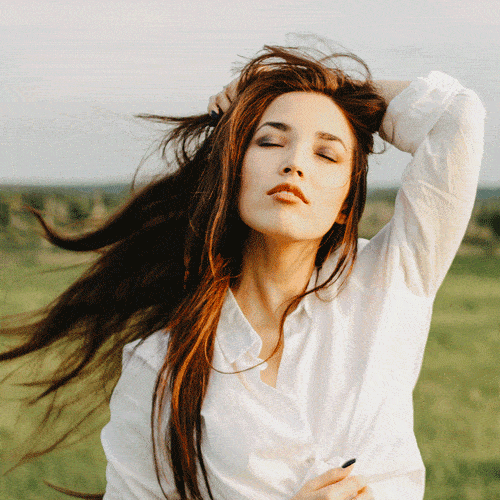 Coloration Végétale
Coloration Végétale
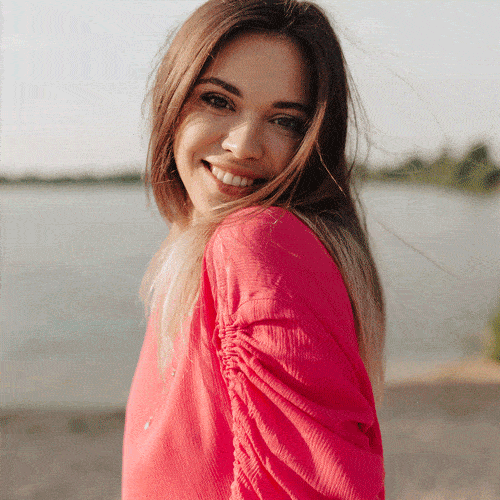 Balayage minéral
Balayage minéral
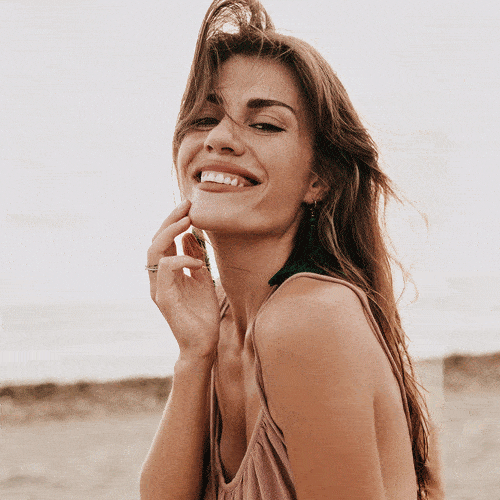 Soins Capillaires
Soins Capillaires
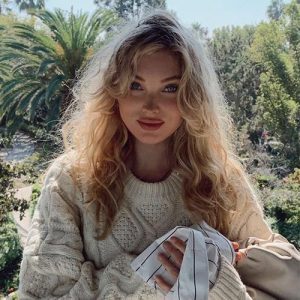 Coupe
Coupe
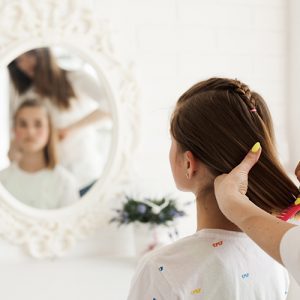 Diagnostic gratuit
Diagnostic gratuit
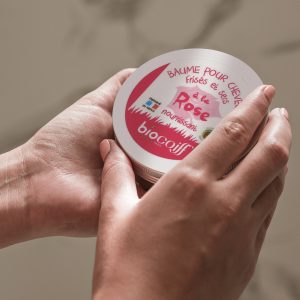 Accueil E-boutique
Accueil E-boutique
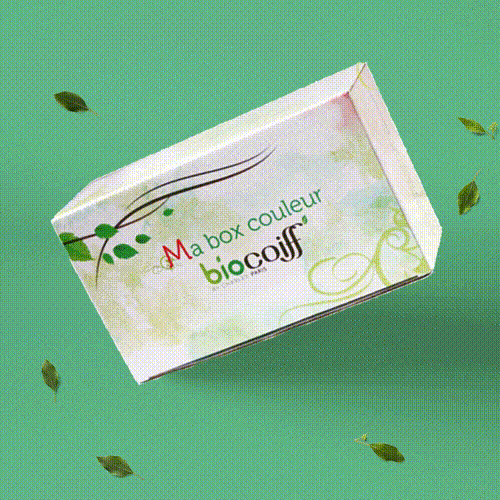 Box Couleur
Box Couleur
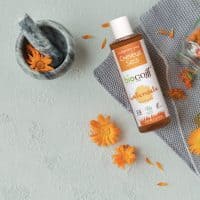 Shampoings
Shampoings
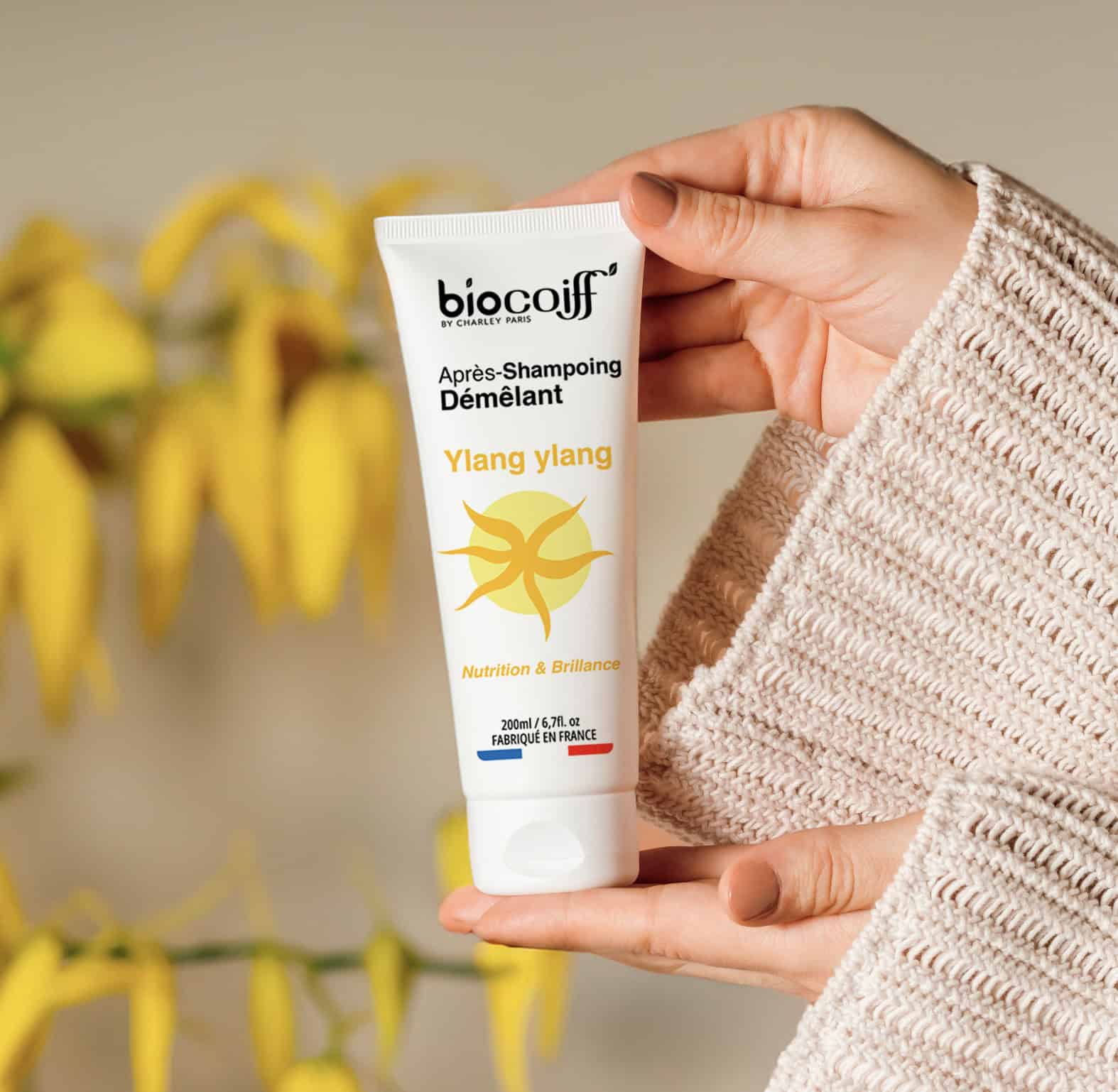 Soins
Soins
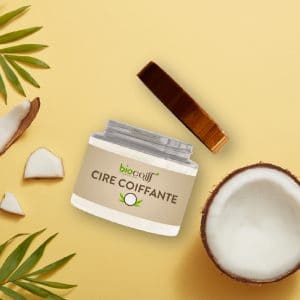 Coiffants
Coiffants
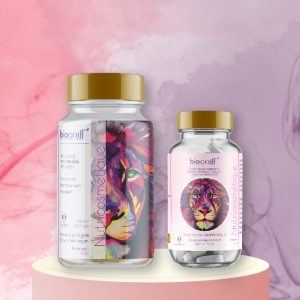 Nutricosmétiques
Nutricosmétiques
 Accessoires
Accessoires
